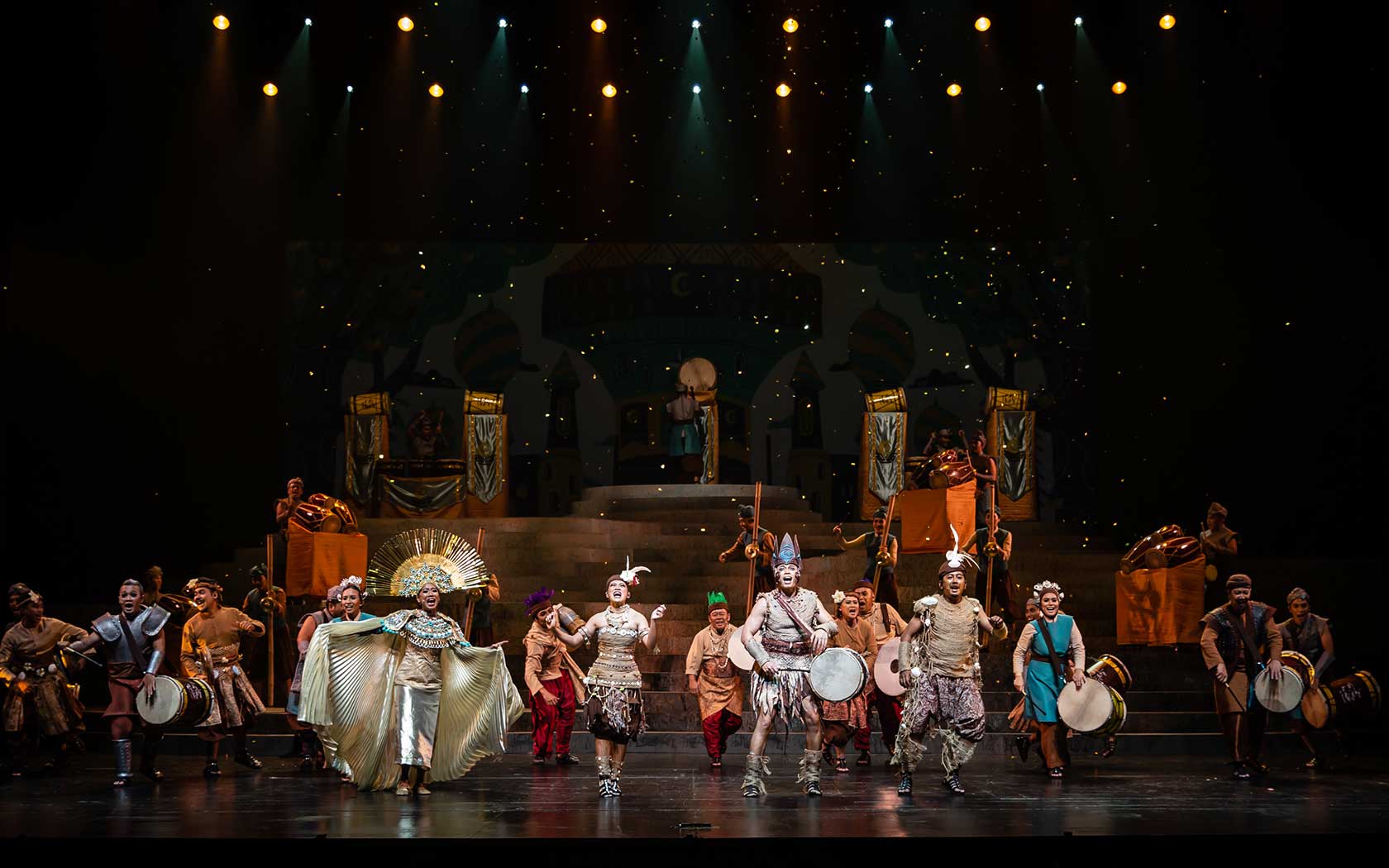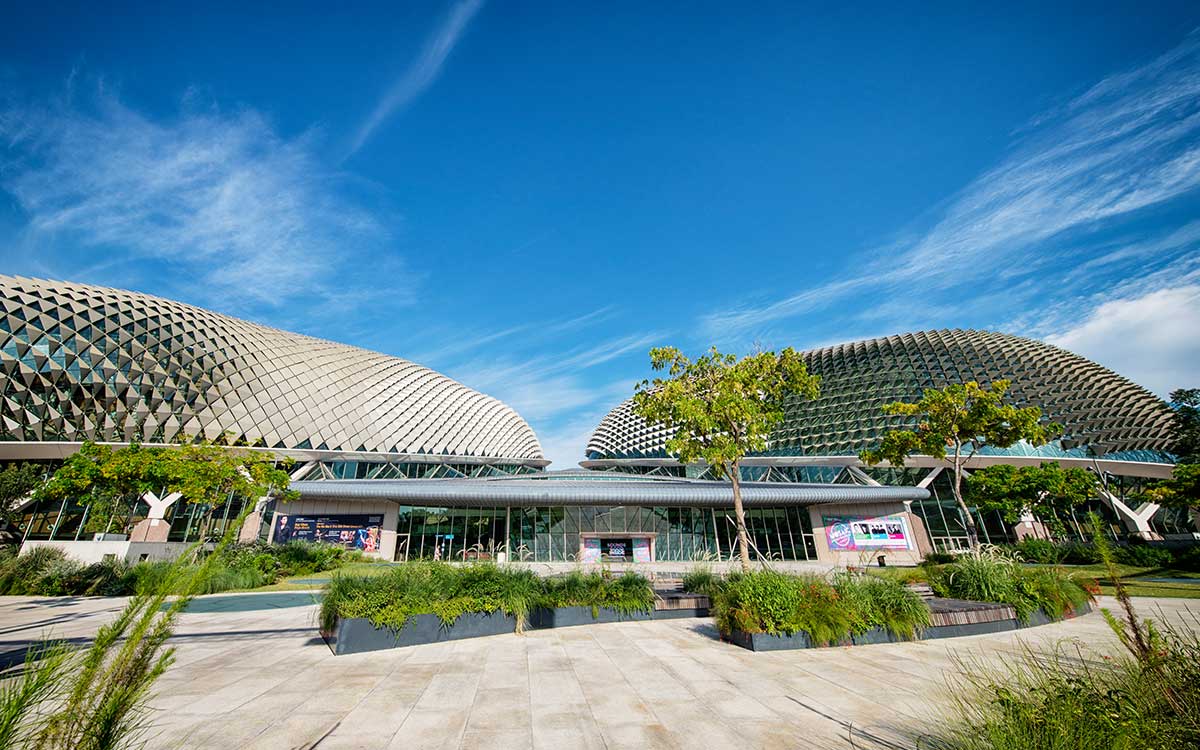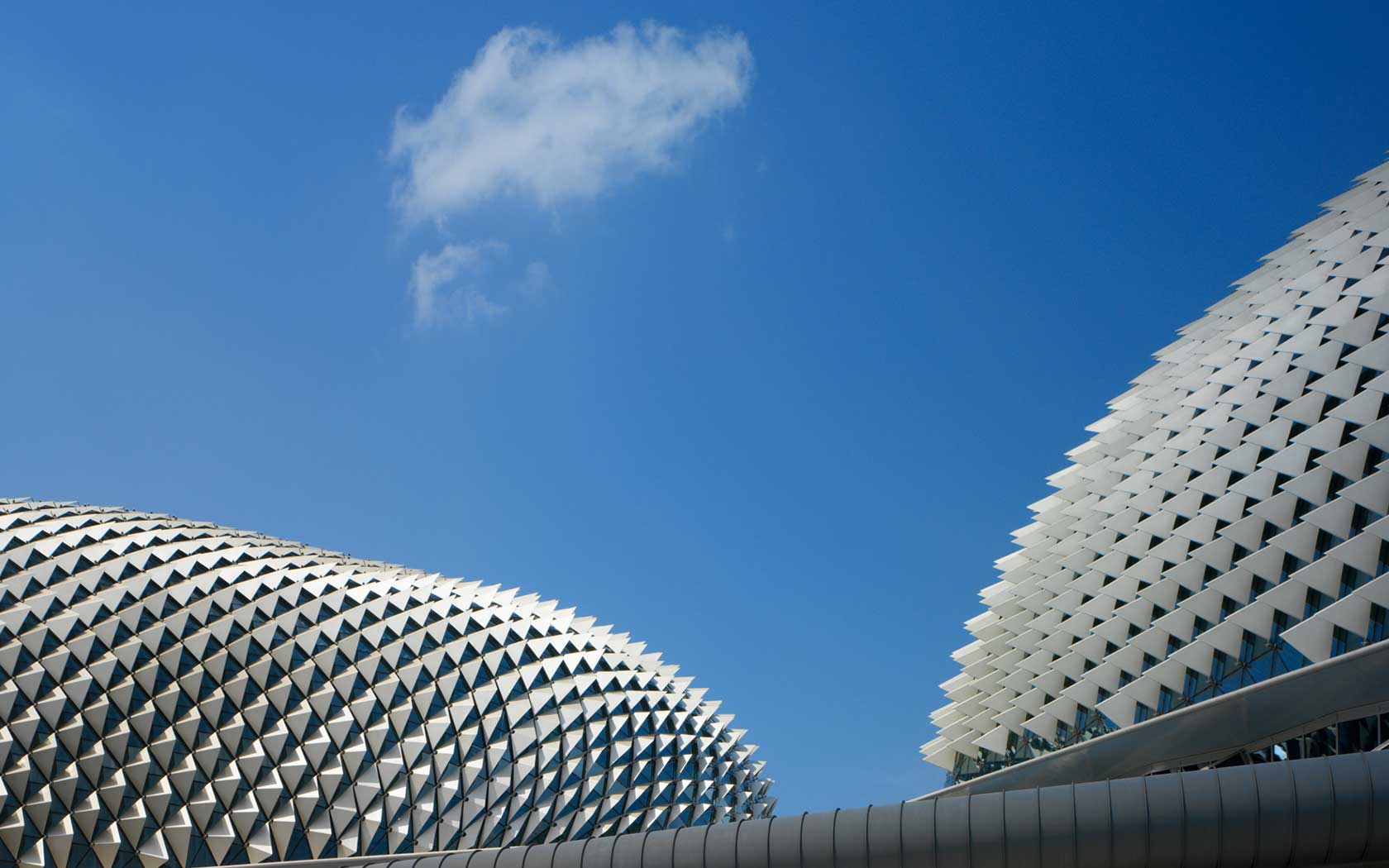We use cookies to improve your experience on our site. To find out more, read our data protection and cookie policy. By using our site, you agree to our use of cookies. Close to continue browsing.
Esplanade Presents
Medicine Buddha Sand Mandala
12 – 14 Apr 2024
Esplanade Concourse
This event is over.

This event is over.
Access your inner sacred space as you follow Tibetan monks in the crafting and destruction of intricate sand mandalas, which are believed to dispel afflictions, and bring healing.
Mandala is a Sanskrit word that roughly translates to “sacred circle”. This image of concentric circles and geometric figures carries great spiritual and ritual significance in Buddhism and Hinduism. Far from being a construct only of Asian philosophies, forms evocative of mandalas have been found in the ruins of the ancient Aztecs and the Navojo Indians.
Used as a tool to help focus the attention and aid in meditation, the mandala can be described as a sacred space, and is believed to help one access deeper levels of consciousness that lead to a sense of unity with the cosmos.
In Tibetan Buddhism, mandalas often depict the abodes of Buddhas and deities, with every object in it representing an aspect of wisdom or a guiding principle. These can be created using different media including paint, thread or sand, with their shapes and colours determined by sacred texts, and each contains different lessons and blessings.
One such mandala is the Medicine Buddha Sand Mandala, attributed to the Medicine Buddha; a figure of enlightenment believed to bring healing and dispel afflictions of all natures. The creation of the Medicine Buddha Sand Mandala typically takes several days. It begins with a team of monks drawing the outline of a mandala with chalk on a wooden platform. Then, starting from the lotus in the centre and working concentrically outwards, the monks use metal funnels to guide grains of dyed sand into the mandala’s elaborate patterns. The coloured sand is made from ground marble, powdered flowers and herbs or grains. In ancient times, powdered precious and semi-precious gems were also used.
Once the mandala is complete, blessings are sought in a special ceremony. Then, as the monks chant, one begins the mandala’s destruction by methodically sweeping the sand from the perimeter to the centre. The coloured sand is transferred into an urn, then released into flowing water, as a gift to re-energise the earth and the universe. The creation and destruction of the mandala echoes the impermanence of life, providing a reminder of the transient nature of all things in this world.
12 – 14 Apr 2024
Become a member

Great arts experiences begin with Esplanade&Me. Join this membership to enjoy ticket specials on shows at Esplanade, early bird specials, promotions at Esplanade Mall, unlimited access to Offstage and more.

Never miss a show again. Get on our mailing list.
- Medicine Buddha Sand Mandala










